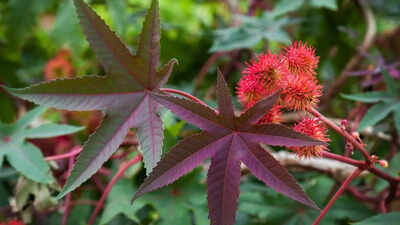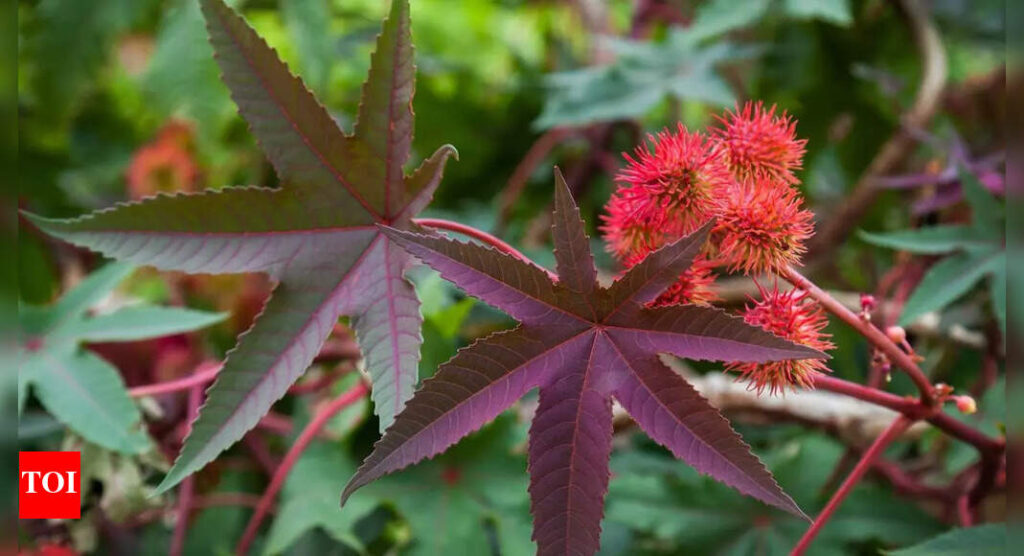
Nature is full of visual wonders, lush greenery, vibrant blooms, and graceful foliage, but sometimes, its beauty conceals danger. Across continents, certain plants possess toxic compounds so potent that even a light touch or accidental ingestion can be harmful or fatal. These botanical threats have evolved sophisticated chemical defences over time, often used in traditional poisons, folklore, and even crime. From garden favourites to wild flora, the following list reveals some of the world’s most deceptively beautiful yet lethally poisonous plants you should admire—only from a safe distance.
7 beautiful plants that are highly poisonous to humans
Monkshood (Aconitum)
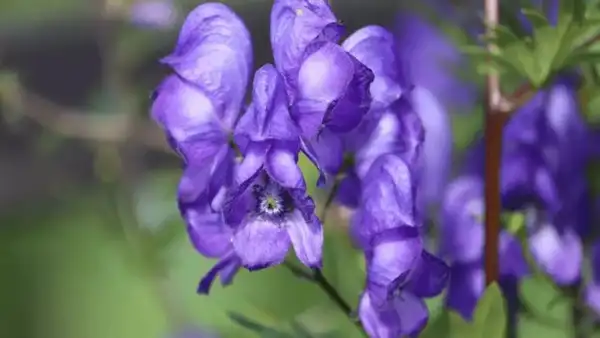
Recognisable by its deep violet, hood-shaped flowers, monkshood is stunning—and deadly. It contains aconitine, a powerful neurotoxin that disrupts nerve signals and can cause paralysis of the heart and lungs. According to study, a toxic plant containing a potent cardio- and neurotoxin called aconitine can lead to a range of symptoms, including nausea, vomiting, dizziness, seizures, and cardiac arrhythmias. Mortality associated with this intoxication is due to ventricular tachyarrhythmias, which are difficult to treat and often refractory in nature. Even touching the plant can lead to skin numbness or tingling. Historically used in poison darts and by assassins, monkshood is native to Europe and Asia and thrives in mountainous meadows. Its toxicity makes it one of the most dangerous ornamental plants in gardens.
Castor Bean Plant (Ricinus communis)
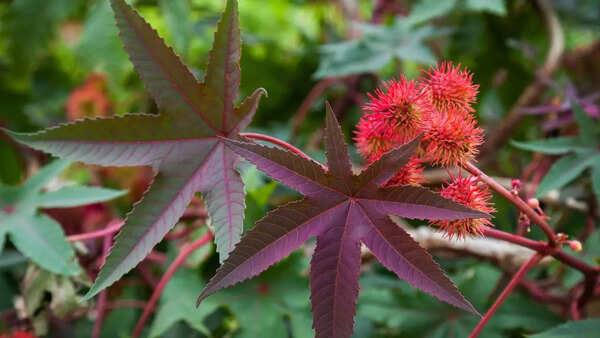
With its glossy red-purple leaves and spiky seed pods, the castor bean plant is both striking and hazardous. Its seeds contain ricin, a toxin so lethal that even a tiny dose can be fatal. While castor oil (made safe through heat treatment) is commonly used in medicine and cosmetics, the raw beans are dangerously deceptive. Ricin blocks protein synthesis in cells, leading to organ failure. Despite its risks, this plant is still used ornamentally across many tropical and subtropical regions.
Oleander (Nerium oleander)
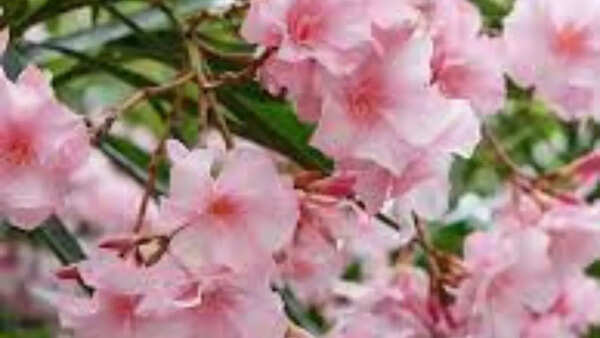
Oleander is a common sight in warm-weather gardens due to its colourful blooms and hardy nature. However, it’s one of the most toxic plants known. All parts of the plant—leaves, flowers, stems—contain cardiac glycosides, which can cause irregular heartbeat, vomiting, and even death if ingested. Even smoke from burning oleander is dangerous to inhale. What makes oleander especially alarming is how often it’s planted near roads, homes, and schools, despite its severe toxicity. According to research, Human poisoning occasionally occurs from eating hot dogs roasted on sticks from nearby oleander plants. This extremely toxic plant can poison livestock and humans at any time of the year.
Suicide Tree (Cerbera odollam)
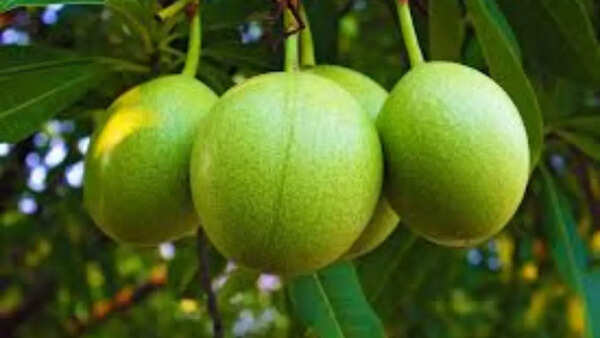
Native to India and Southeast Asia, the Suicide Tree bears fruit that resembles small mangoes and contains the toxin cerberin. This compound disrupts heart function and is nearly undetectable during autopsy, making the plant notorious for its use in suicides and untraceable poisonings. The tree is often found in coastal areas and used for erosion control. Its misleadingly gentle name and appearance have earned it a dark reputation, especially in forensic science. According to a study, The odollam tree is responsible for about 50% of plant poisoning cases and 10% of all poisoning cases in Kerala.
Belladonna (Atropa belladonna)
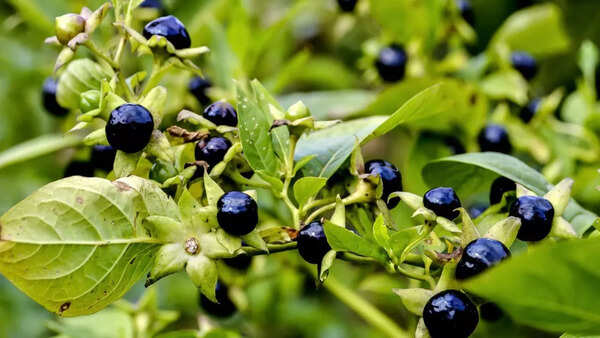
Also called deadly nightshade, belladonna is known for its shiny black berries and historical use in cosmetics (it was once used to dilate pupils). However, its active compounds—atropine, scopolamine, and hyoscyamine—interfere with the nervous system, leading to hallucinations, seizures, and death in high doses. It’s native to Europe and parts of North Africa and has a long-standing association with witchcraft and ancient poisons. Even small amounts of belladonna can be fatal, particularly to children.
Rosary Pea (Abrus precatorius)
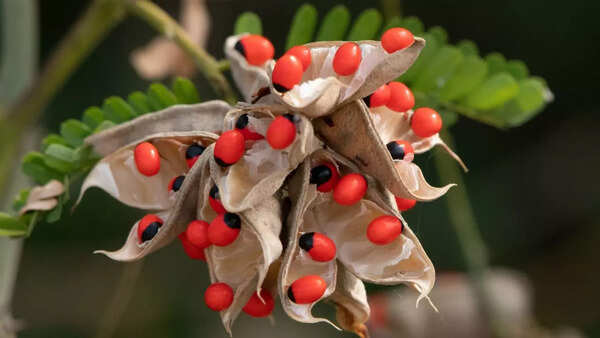
These tiny red seeds with black tips are often used in jewellery and prayer beads—but they’re extremely toxic. They contain abrin, a protein similar to ricin, that inhibits cell protein production. If chewed or crushed, just one seed can be lethal. Most poisonings occur accidentally during bead crafting when toxins enter the bloodstream through minor cuts. Though visually appealing, the seeds are best admired from a distance and should never be handled without caution.
Jimsonweed (Datura stramonium)
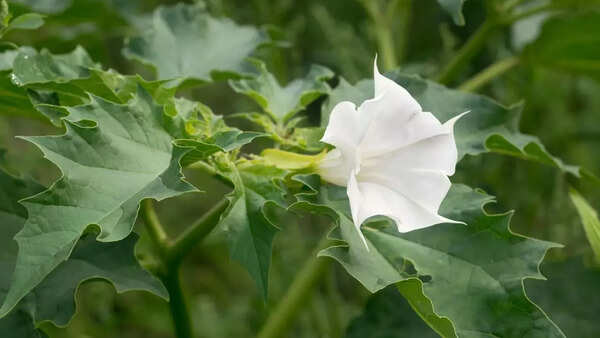
Known as devil’s trumpet, Jimsonweed is a toxic member of the nightshade family. It contains tropane alkaloids like atropine and scopolamine, which can cause hallucinations, delirium, and heart arrhythmias. Traditionally used in spiritual rituals, it has a long history of use and misuse for its psychoactive effects. The plant grows wild in disturbed soils and roadside areas, making accidental exposure relatively common. Its white, trumpet-shaped flowers conceal a very dangerous chemical profile.Also Read: 7 ways to use colour psychology in home decor to improve mood and design

